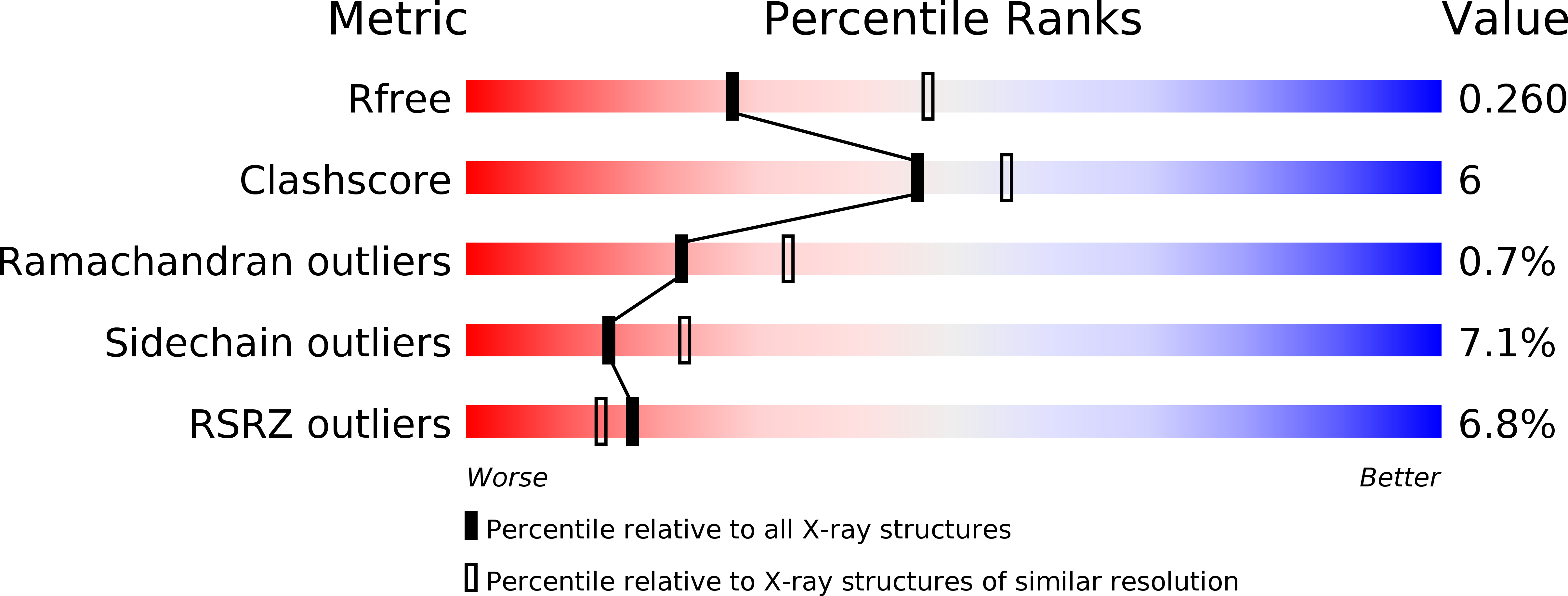
Deposition Date
2015-04-15
Release Date
2016-04-27
Last Version Date
2024-01-10
Entry Detail
Biological Source:
Source Organism:
DROSOPHILA MELANOGASTER (Taxon ID: 7227)
Host Organism:
Method Details:
Experimental Method:
Resolution:
2.66 Å
R-Value Free:
0.26
R-Value Work:
0.22
R-Value Observed:
0.22
Space Group:
P 32


